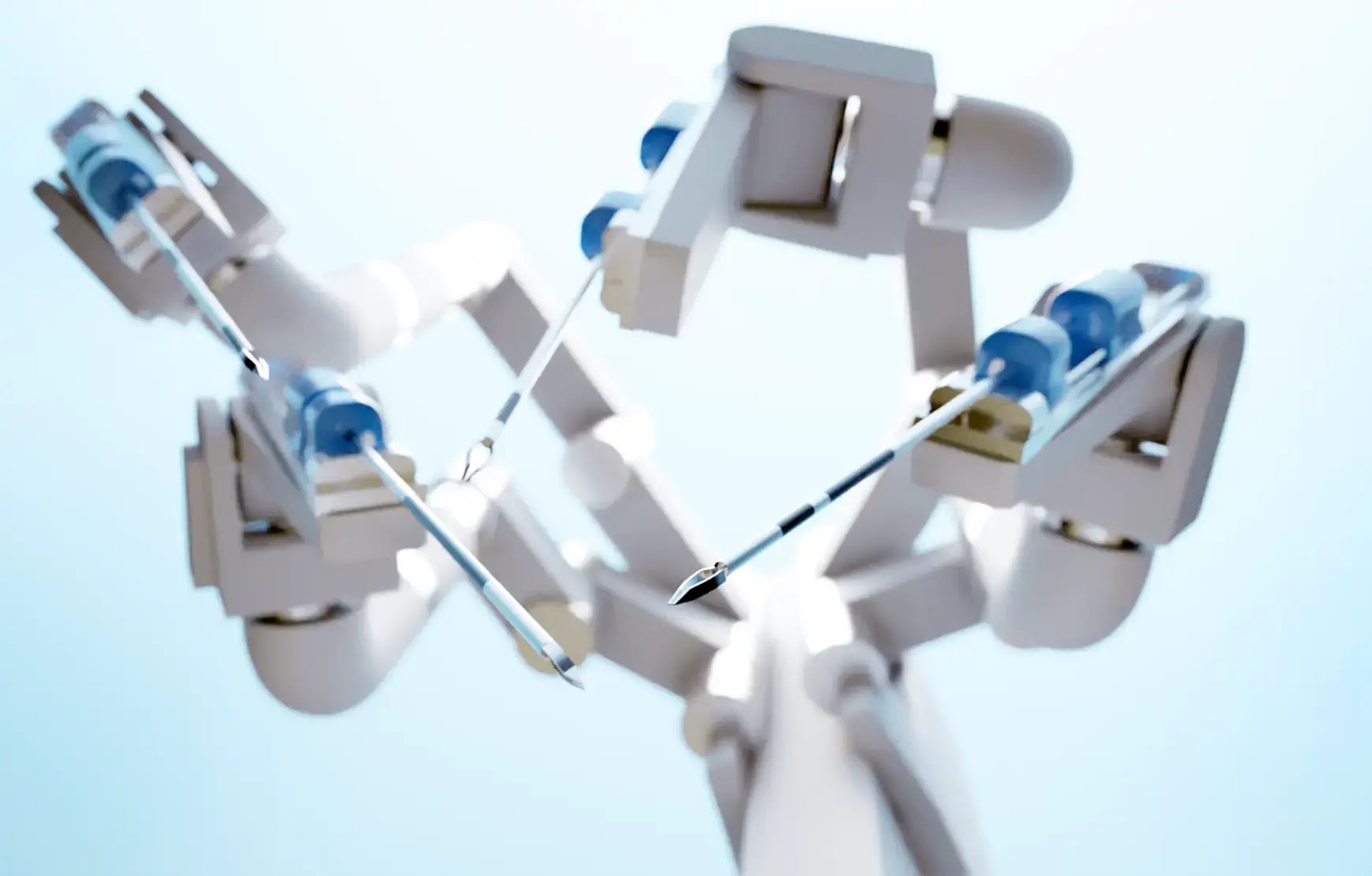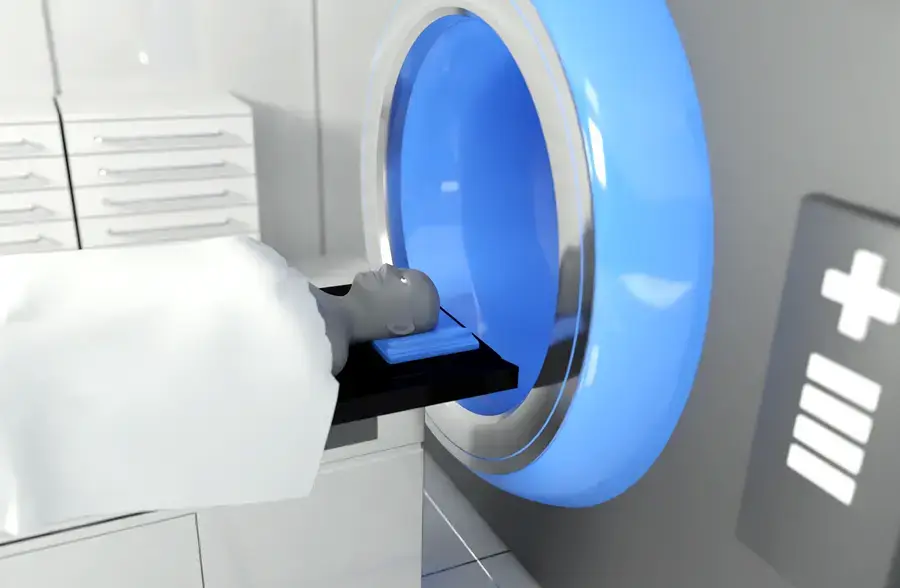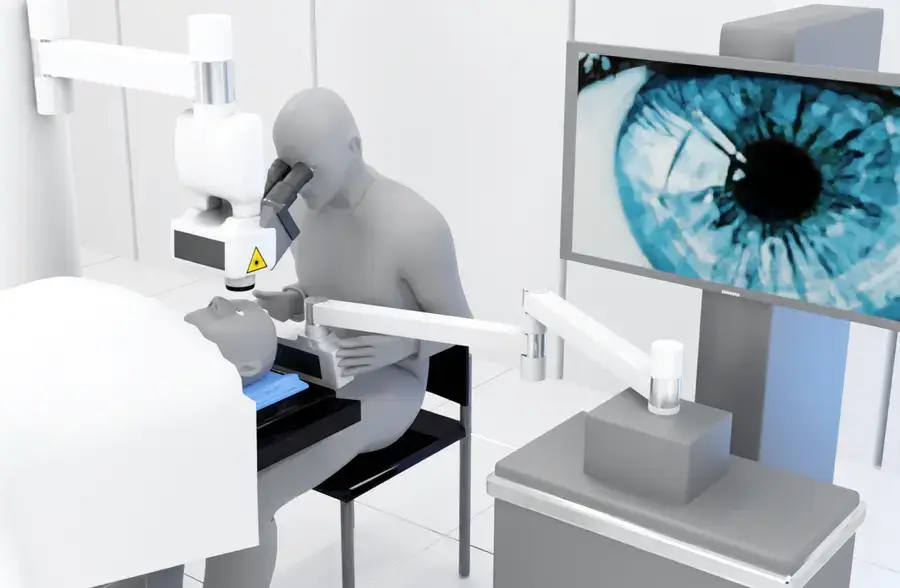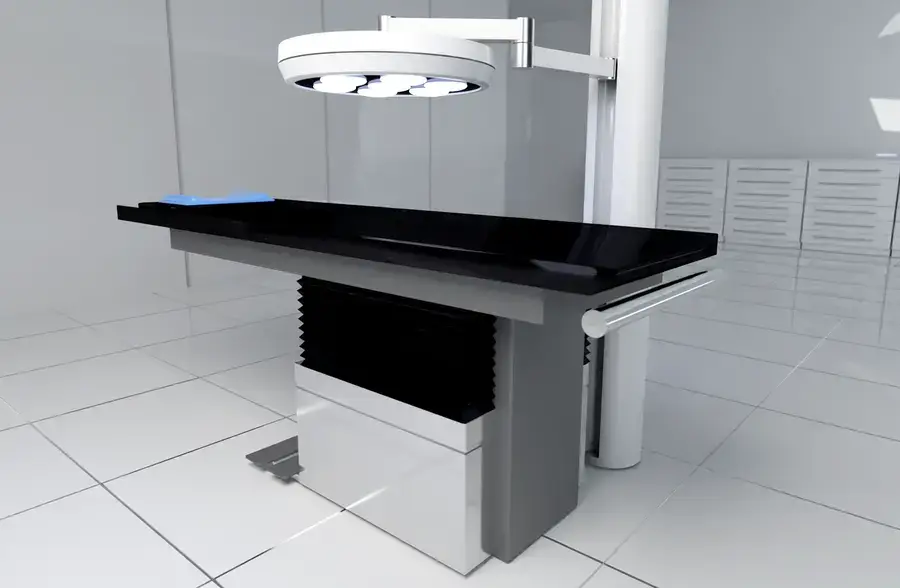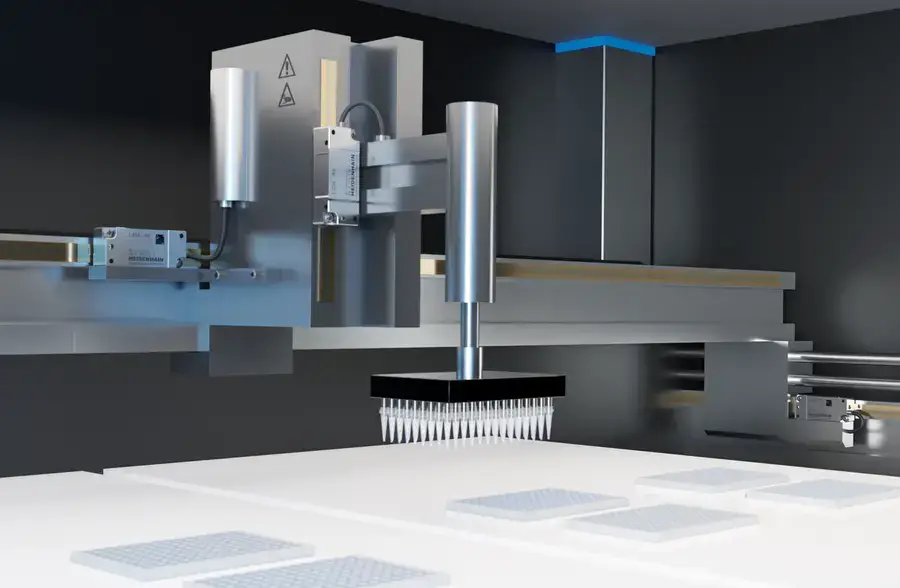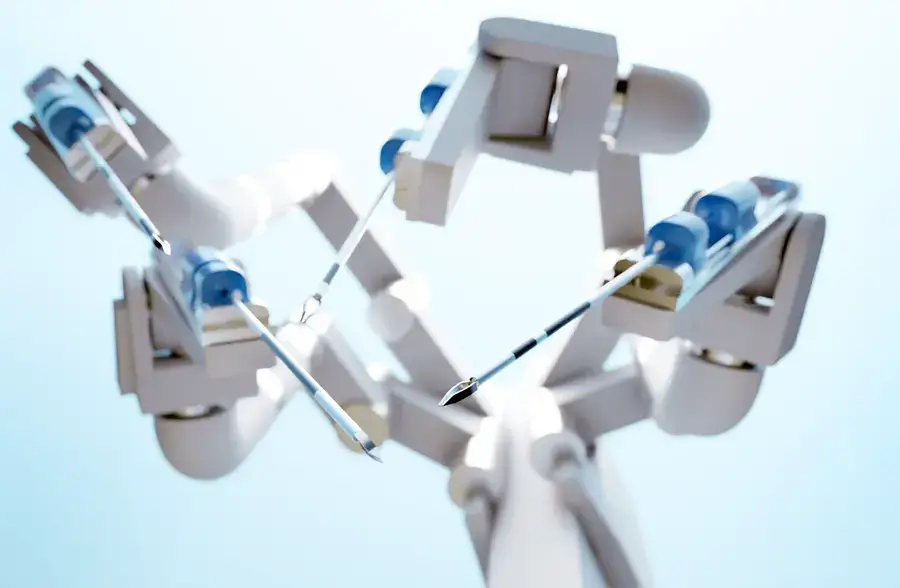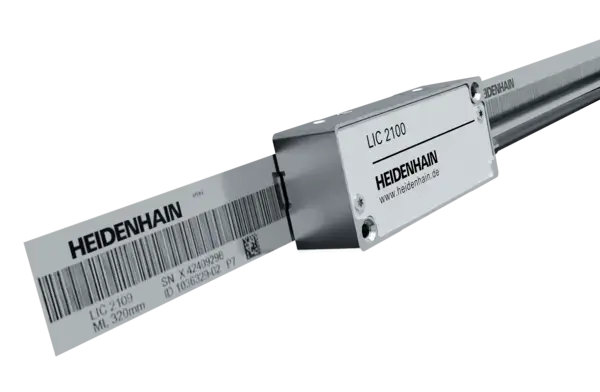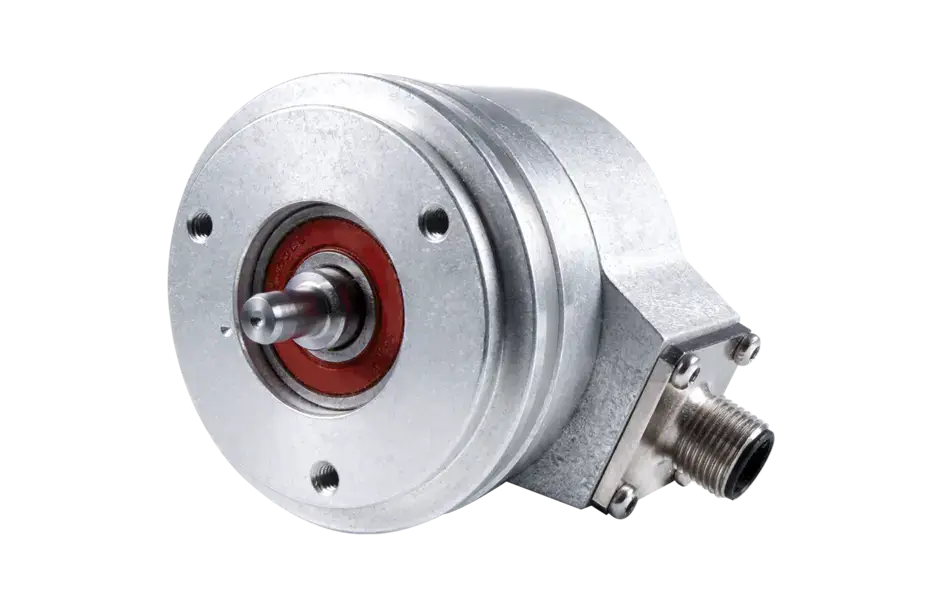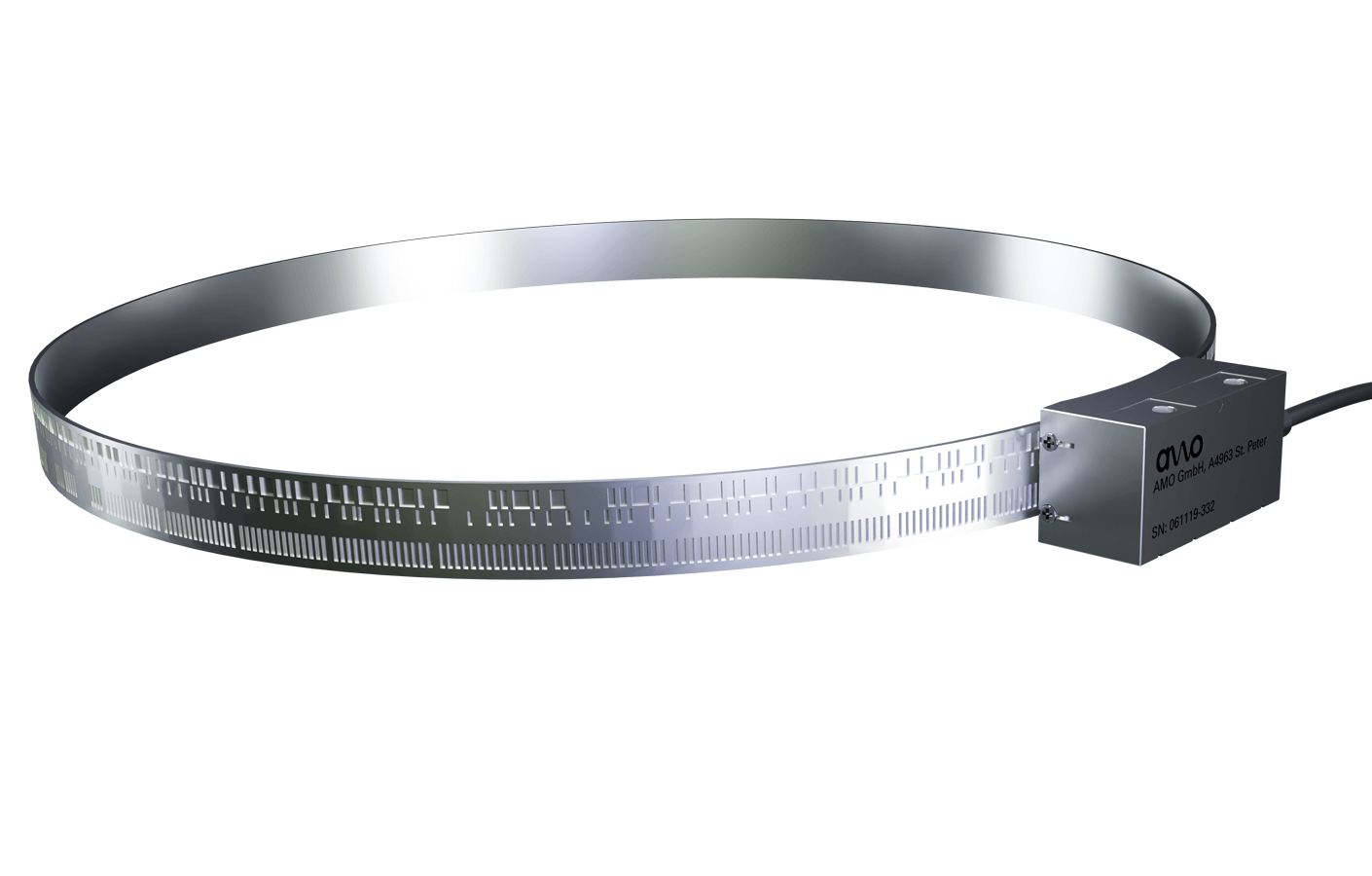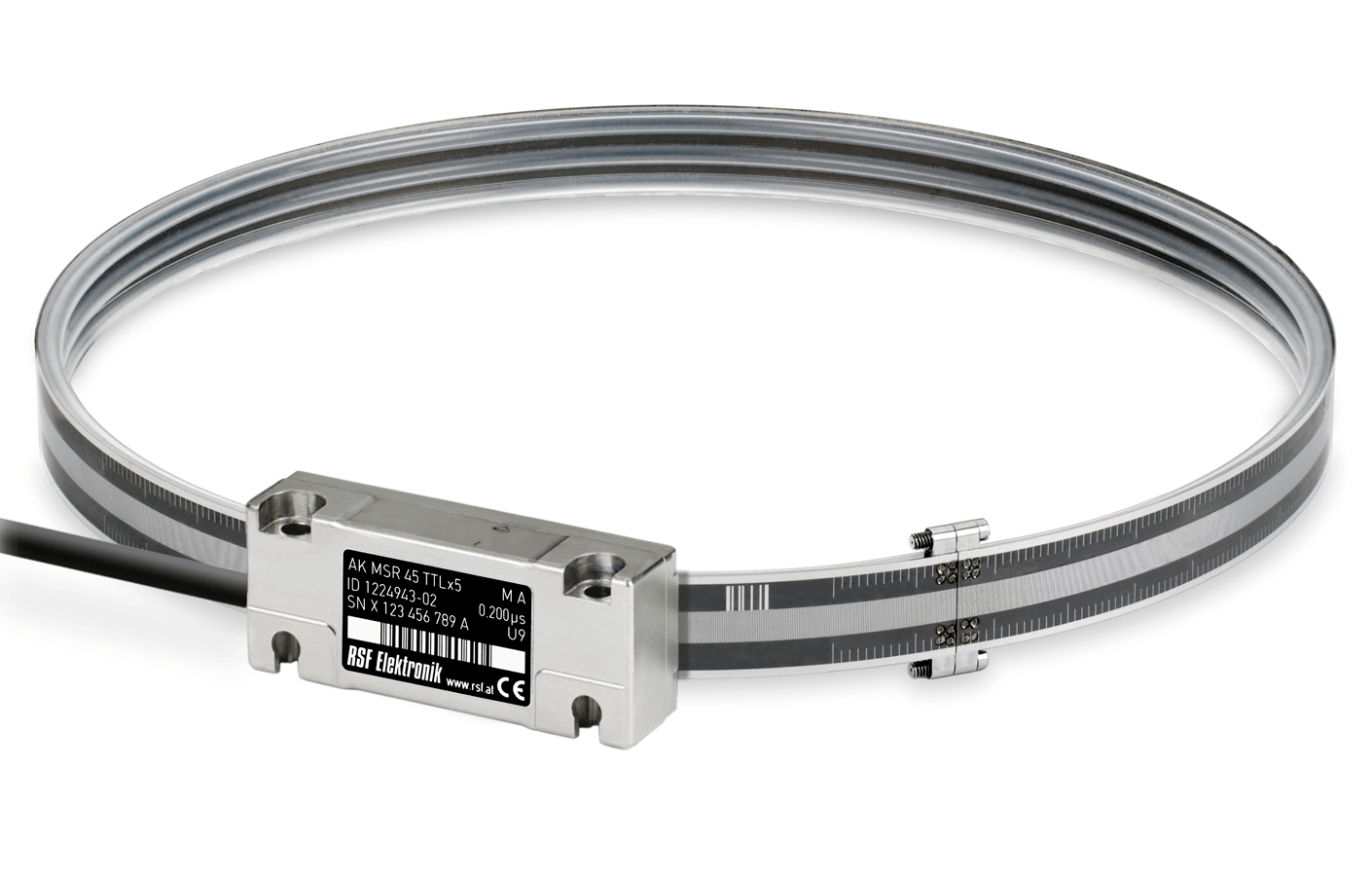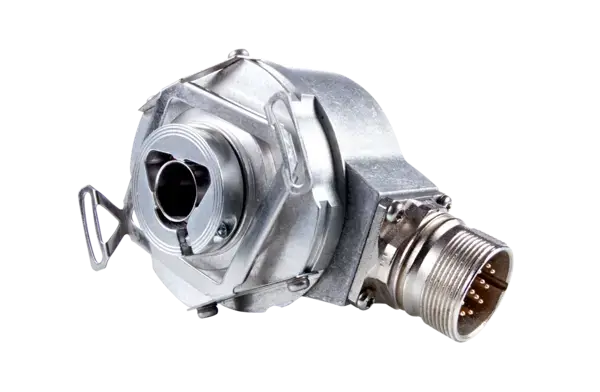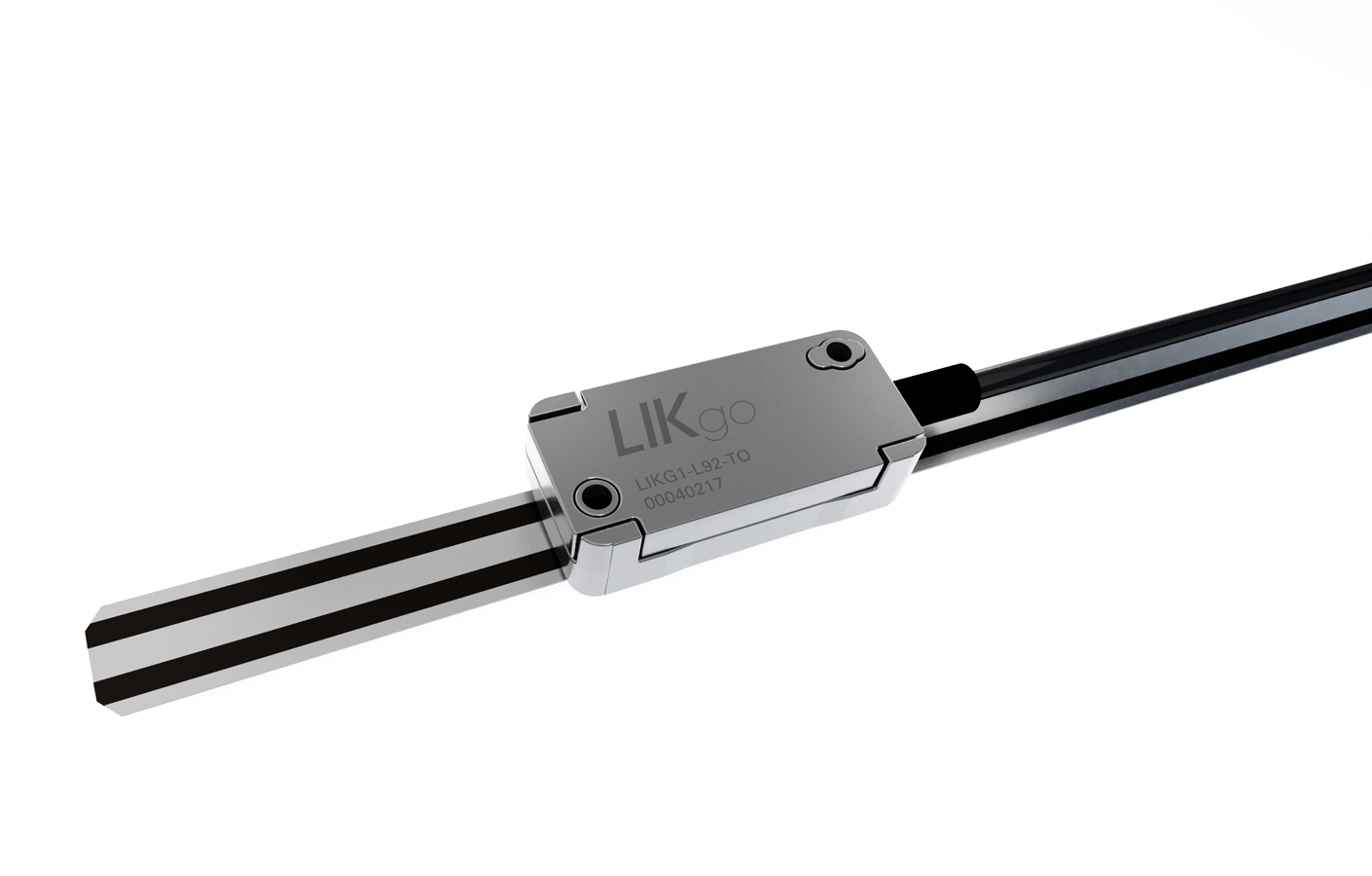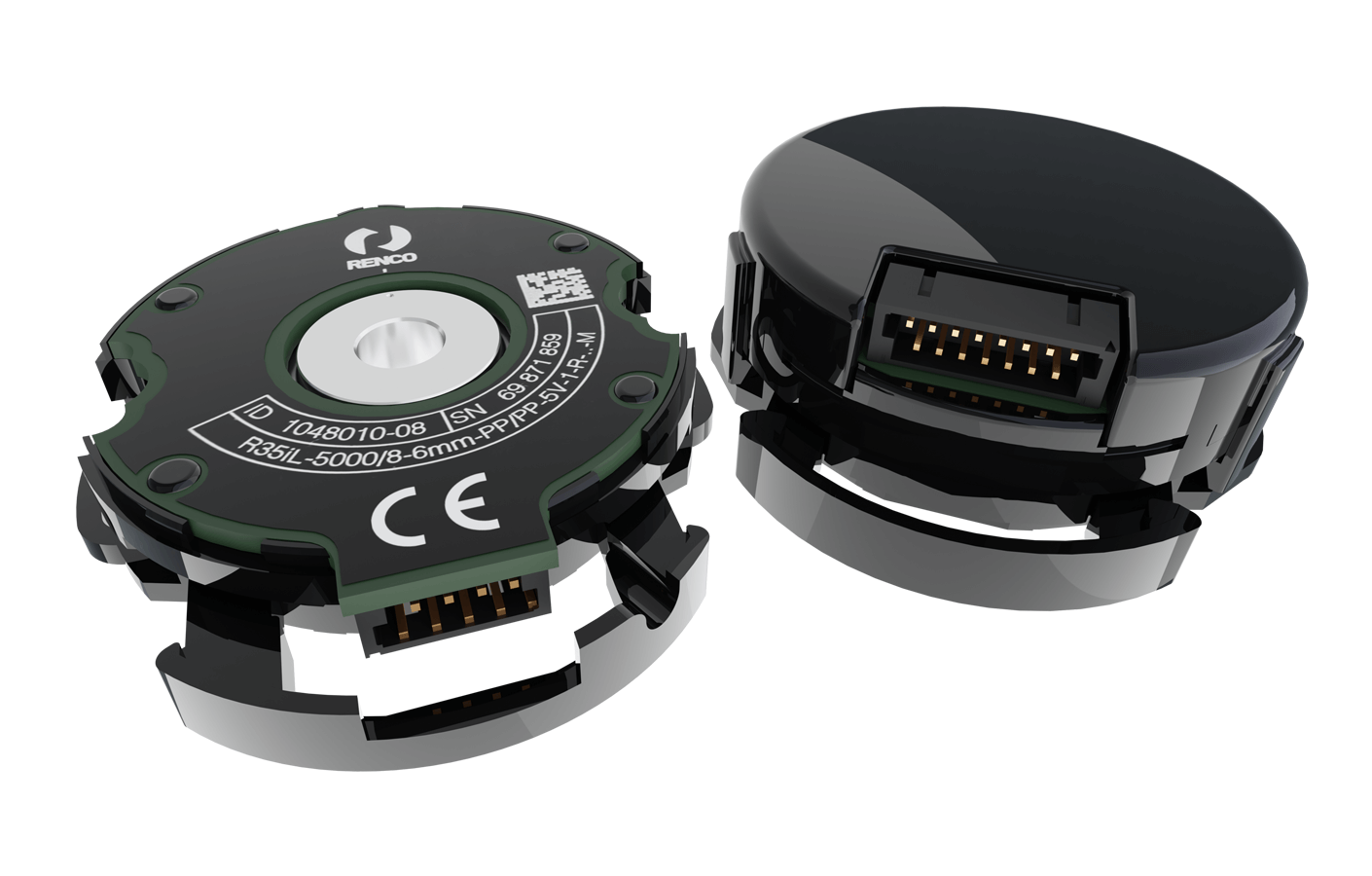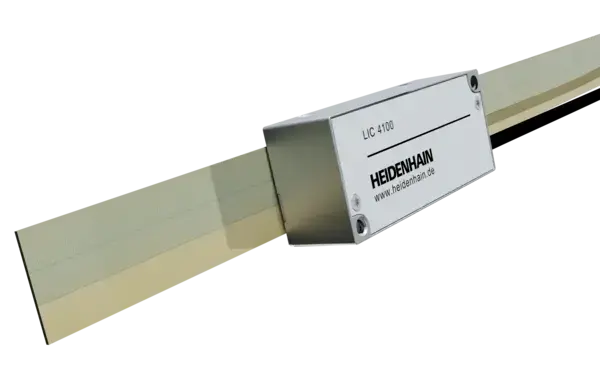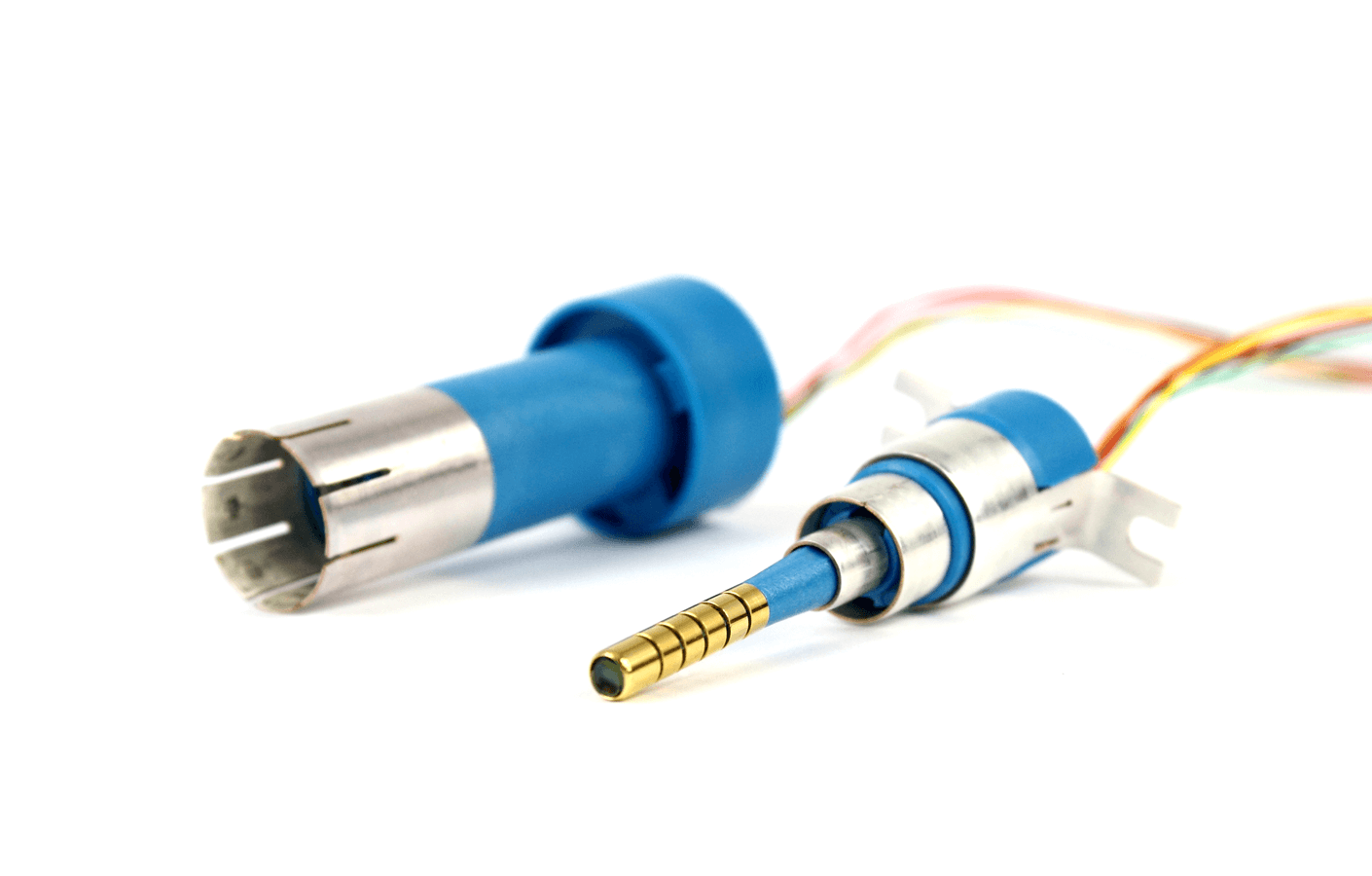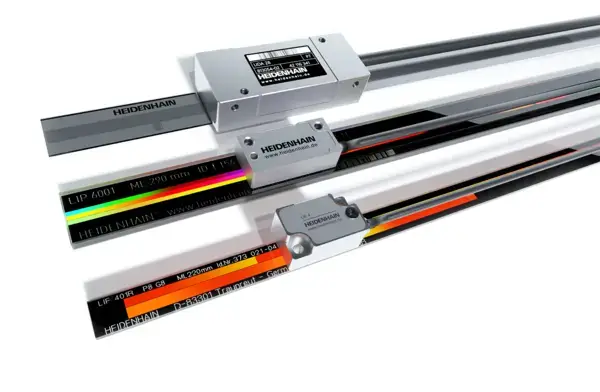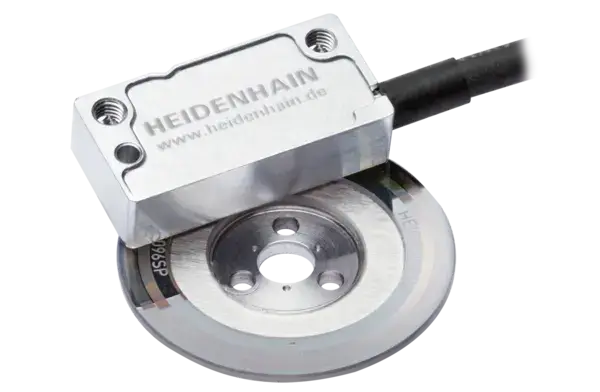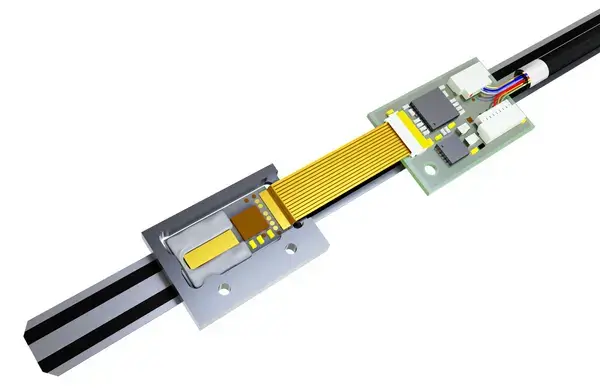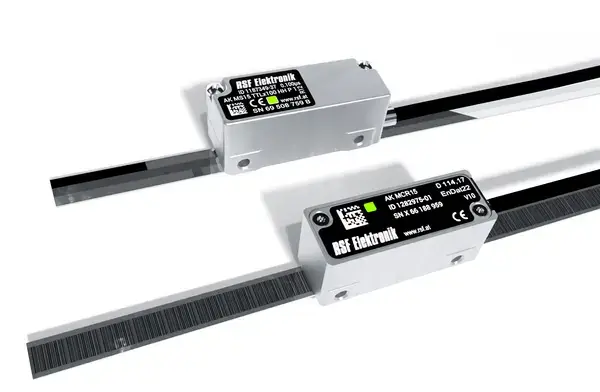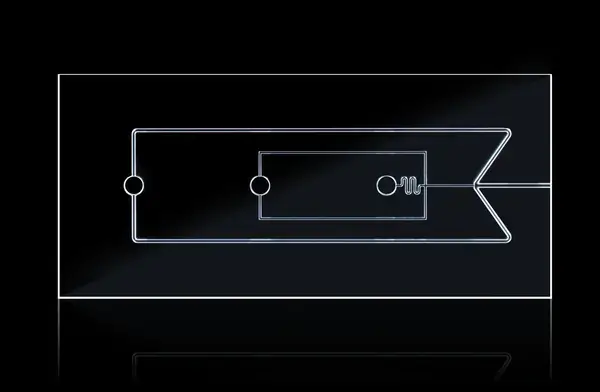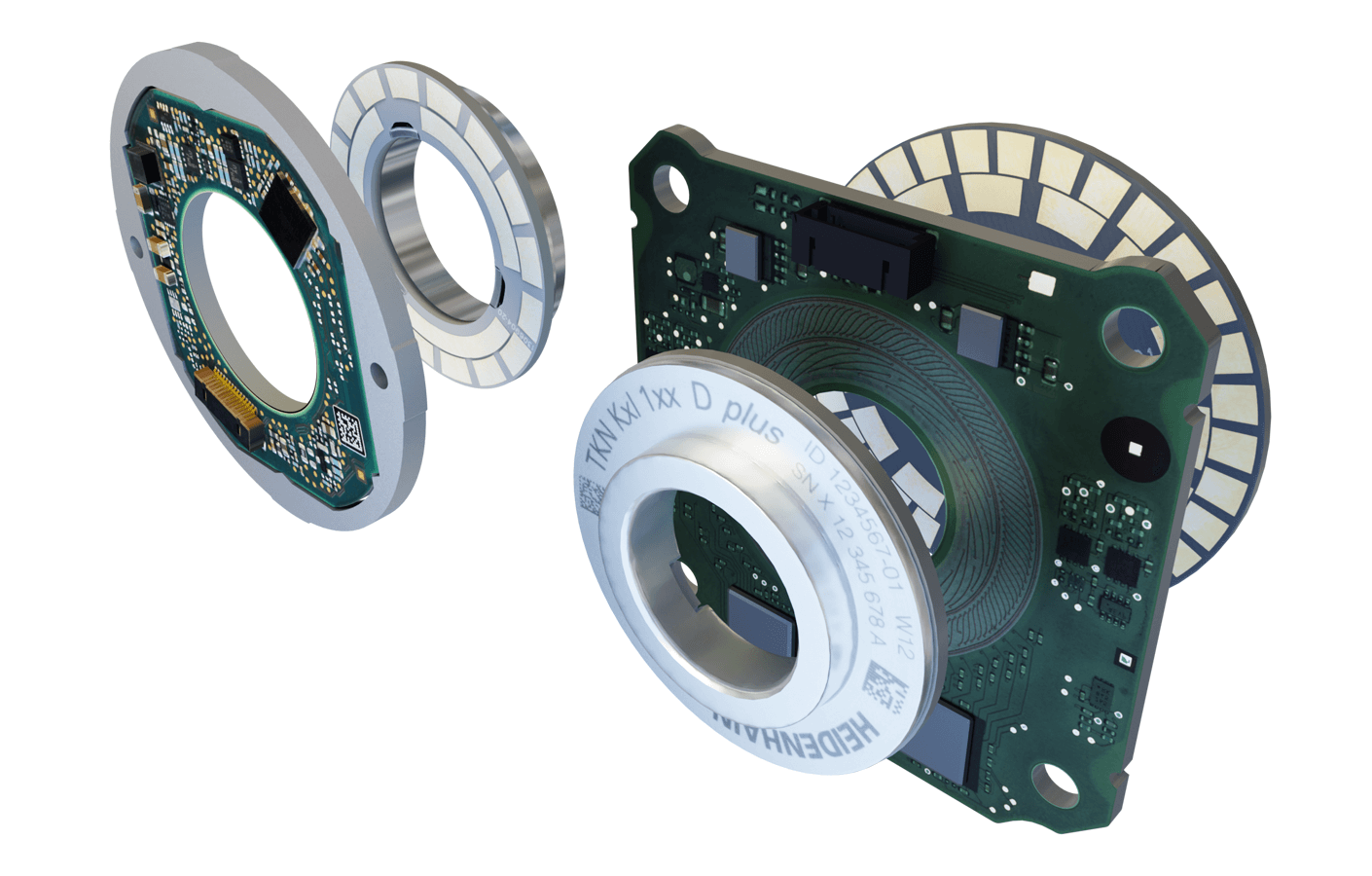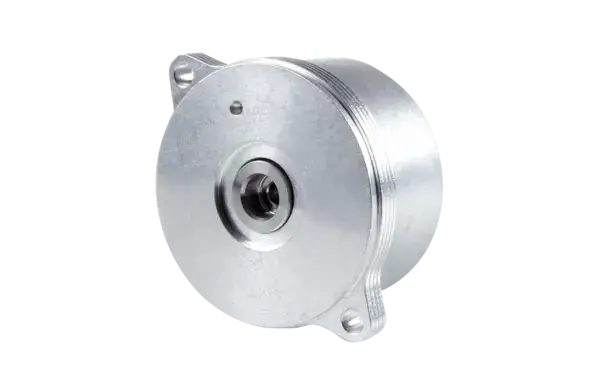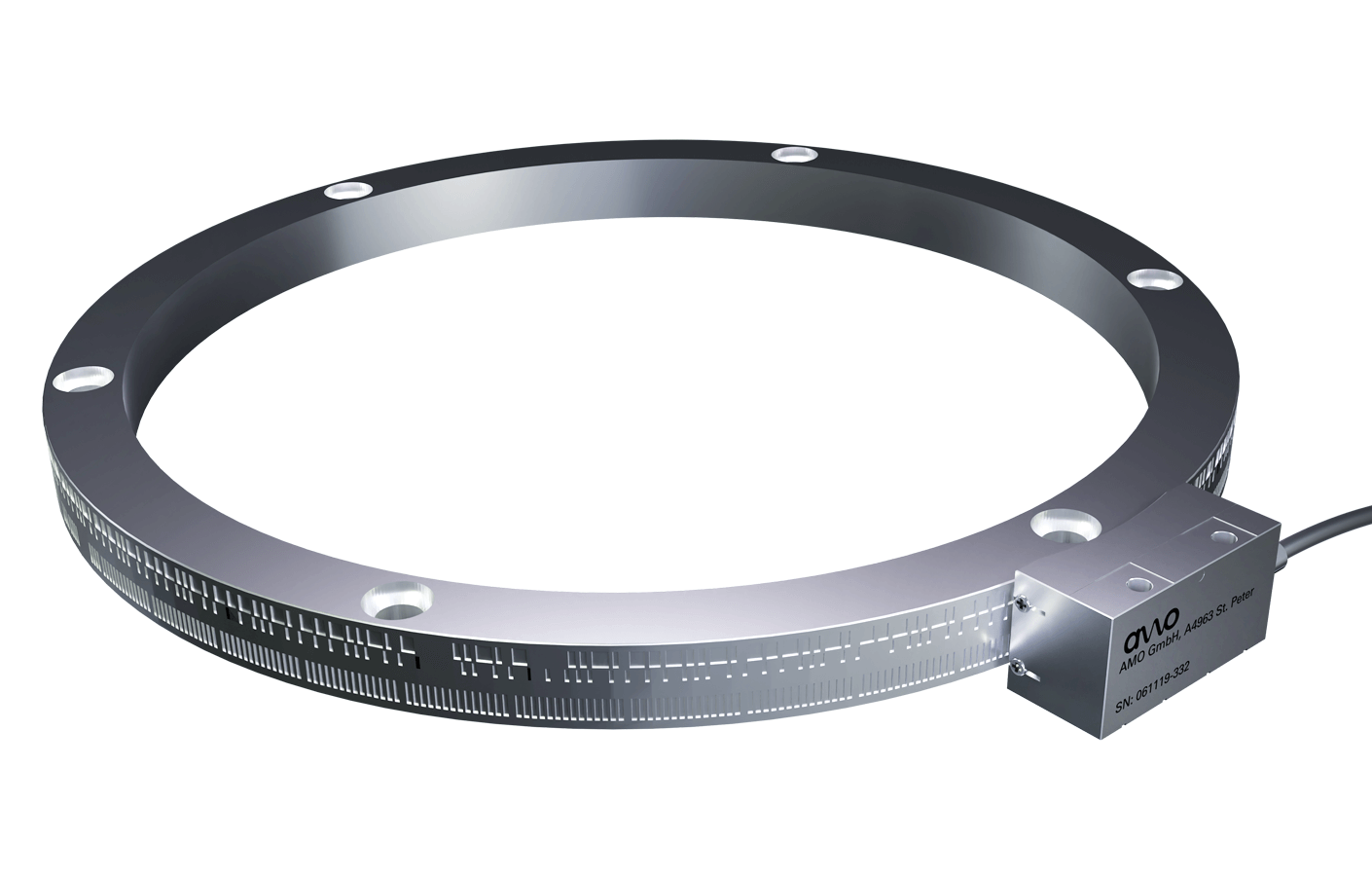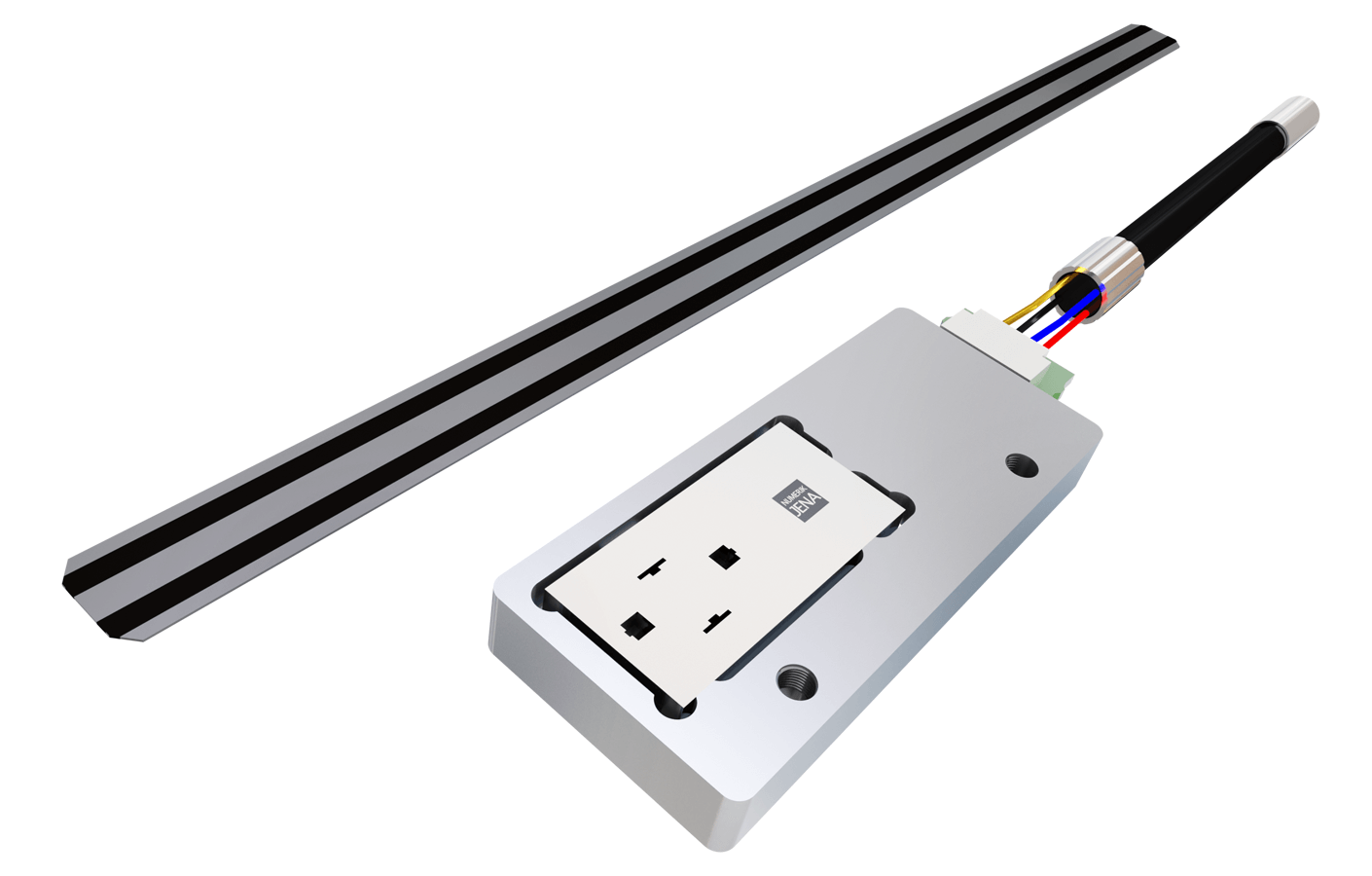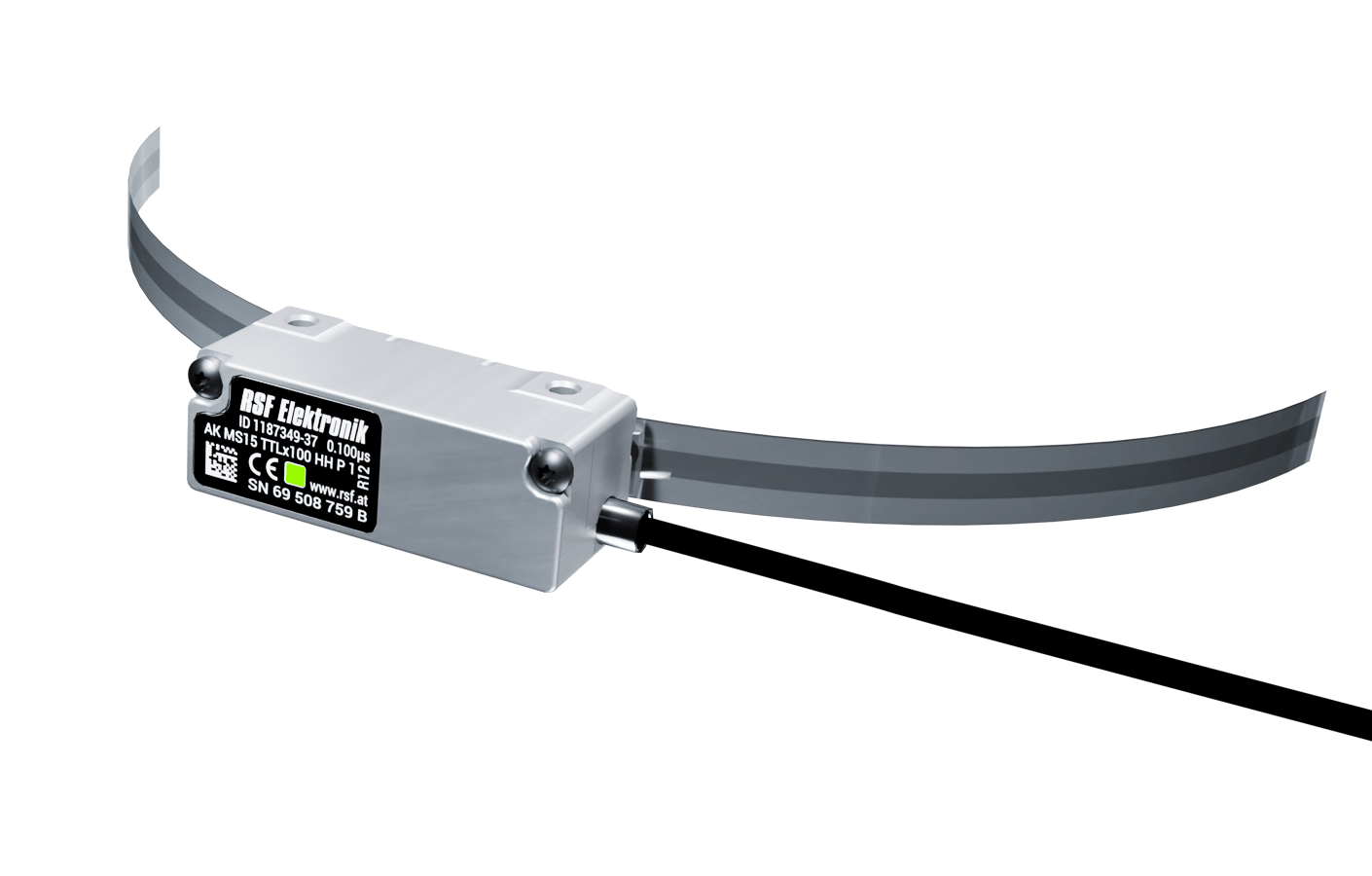Encoders for medical technology
Medical technology systems must ensure safety and patient comfort but also meet documentation and cost requirements during production. To meet these demands, you can rely on rotary encoders, angle encoders, linear encoders, and slip rings from HEIDENHAIN, AMO, LTN, NUMERIK JENA, RENCO, and RSF. These products deliver highly accurate, reliable, and long-lasting measurement capability to your specialized solutions for diagnostics, treatment, lab work, and medical rooms.
Imaging diagnostics
Medical diagnostics commonly rely on imaging procedures for a non-invasive look inside the body, including X-ray imaging, Computer Tomography (CT), and Magnetic Resonance Imaging (MRI). The emitter, detector, and patient must all be precisely positioned in order to obtain a detailed image and to keep the patient’s radiation exposure at a minimum.
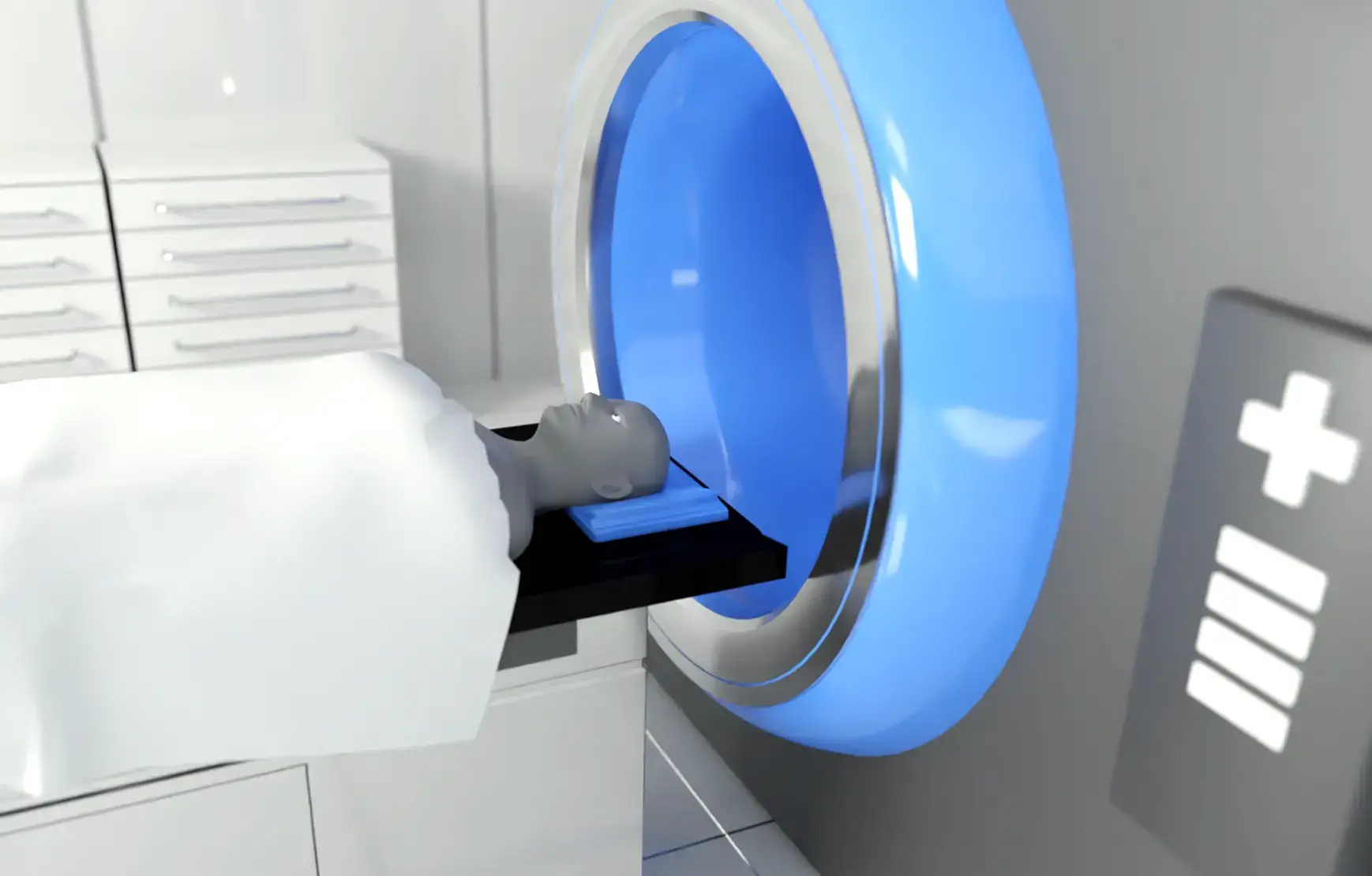
Measurement technology for medical treatment
Medical treatment technology varies widely, employing technologies as diverse as oncological radiation therapy, ophthalmic laser treatment, dialysis, artificial respiration, physical therapy, and orthopedic rehab. In some cases, exact positioning is called for. In others, smooth motion control is paramount. Encoders from HEIDENHAIN, AMO, NUMERIK JENA, and RENCO provide compact solutions for these applications.

Medical room equipment
Medical rooms are becoming increasingly mechanized and automated, including hospital operating rooms and examination rooms in private practices. Motor-driven operating tables and examination tables, for example, boost patient comfort while reducing physical strain on staff. They also require dependable encoders for position measurement. In addition, swivel arms for surgery lights, swivel-mounted instrument holders, and similar devices require a reliable power supply increasingly combined with data transmission from cameras or integrated computers, all made possible by slip rings.
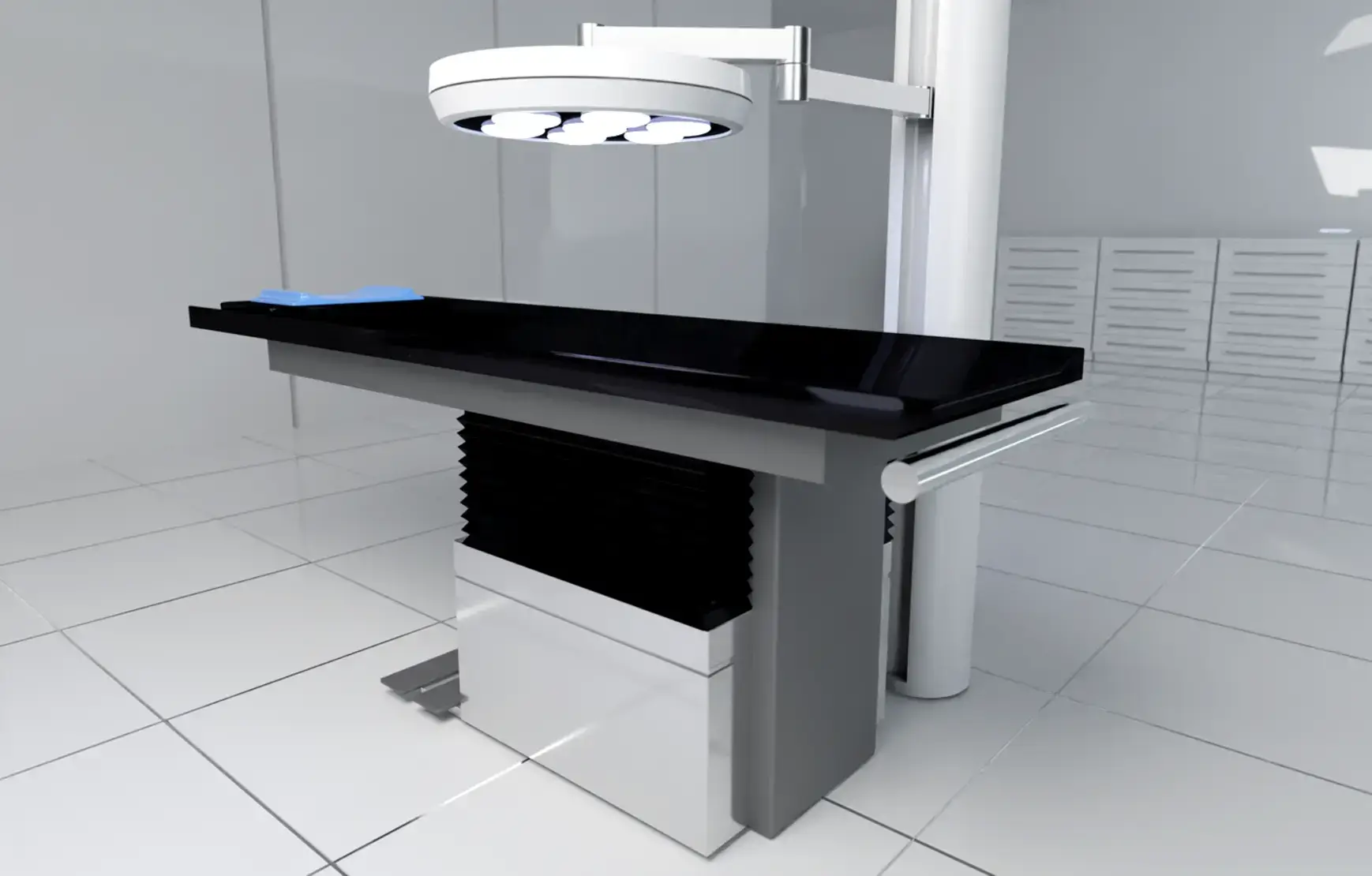
Lab work and analysis
Advanced health care systems employ high-efficiency lab technology and analytics. This includes everything from automated sample handling and analysis for millions of blood tests per day to complex genetic sequencing. Automated pipetting machines, blood analyzers, and similar equipment, as well as high-content screening for gene analysis, all require very high accuracy. To meet growing analysis demand, liquid handling technology requires increasingly smaller sample sizes delivered to ever tinier spaces without waste. This conserves sample material and reagent while avoiding contamination and false results.
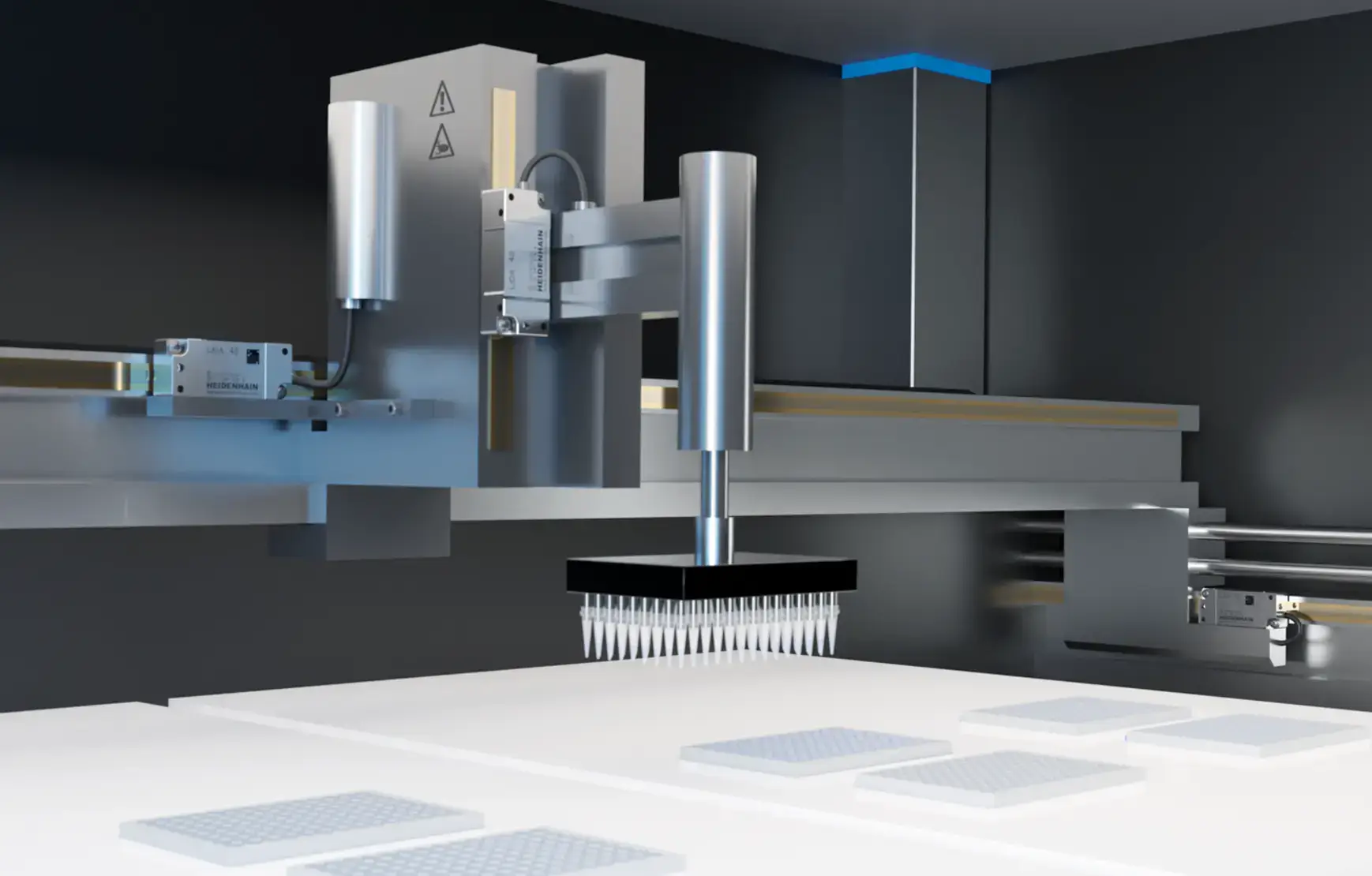
Medical robotics applications
Robotics applications are becoming more prevalent in surgery, orthopedics, and neurology. Surgical applications in these fields benefit from high process accuracy and reproducibility. Robots can reach difficult-to-access areas and replace conventional procedures with minimally invasive techniques, even over long distances. Medical robots are also being used in rehab applications, including robot-aided physical therapy and exoskeletons for helping patients regain mobility.
